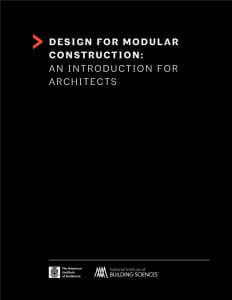Design for Modular Construction: An Introduction for Architects
The American Institute of Architects
Modular construction is an increasingly popular approach to building projects that involves prefabricating components of a building off-site in a controlled setting and then assembling them at the project site. This approach integrates the processes and technologies of design, manufacturing, and construction, resulting in a higher-quality building delivered in a shorter time frame, with more predictable costs and fewer environmental impacts. However, there are still some barriers preventing its wider adoption, and project teams unfamiliar with the modular approach must understand the differences and considerations involved in the planning and design process. With modular construction, decisions have to be made much earlier in the process, and a high level of coordination between the various parties involved becomes critical.
Report Summary
Modular construction is not a completely new approach, as prefabricated houses were transported from New York to California during the 19th century. It was also popular during the first half of the 20th century, especially after World War II. In the late 1950s, modular construction began to be used for a broader range of project types, including schools and healthcare facilities, and in the 1960s and 1970s, it began to be used to build large-scale hotel projects. As technology has advanced and the industry has gained experience with it, the modular construction approach has become increasingly versatile and is now used for a wide range of project types, including commercial office, government, and retail in addition to housing, education, healthcare, and hospitality.
According to a report published by the Modular Building Institute, the market share of permanent modular construction in the North American building industry expanded across several sectors from 2014 to 2016. In 2016, its market share was largest in the office and administrative, commercial and retail, and education sectors. In 2017, the permanent modular construction industry drove about $7 billion in construction activity, and the estimated overall market share for permanent modular construction in North America rose to about 3.27 percent, up from 3.18 percent in 2016, according to Modular Building Institute's 2018 annual industry statistical report based on a survey of 252 modular manufacturing firms. While modular construction has gained popularity in recent years, there are still some barriers to its wider adoption, including the need for a higher level of coordination and decision-making earlier in the process, which requires project teams to be familiar with the modular approach.
Don't Miss Our Upcoming Events!
Join the leading companies and professionals from across the offsite construction industry at each of this year's Offsite Construction Network events. With summits and expos taking place across North America in 2025, it's never been easier to connect with and learn from offsite construction manufacturers, designers, builders, and suppliers from the United States and Canada.
Subscribe today to get the latest updates on future events from the Offsite Construction Network.




